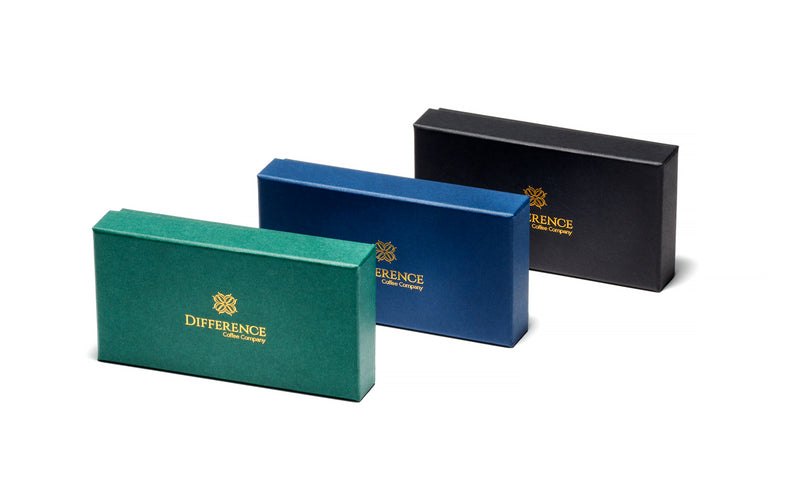All coffee, even the most perfect specimens from the world’s finest coffee estates, has bitter flavours. Bitterness is just one of the natural characteristics of coffee beans. When that bitterness is unpleasant, though, it’s a sign that you’re drinking poor quality coffee. This usually means it’s a cheap blend containing Robusta beans, but there’s another cause of too-bitter coffee that you might not be aware of – coffee defects.
Coffee defects are imperfections and signs of damage to coffee beans that result in bad flavours in the cup. Damaged beans, debris and other defects should be removed, but mass-market producers offering cheap commodity coffee often save money with a less-thorough sorting process. One reason specialty coffee is superior in taste, and free of bad bitterness, is that it’s processed in smaller lots and subject to more scrupulous sorting to remove defects.
Adding to the link between defects and bitterness is improper roasting. Sometimes roasters attempt to conceal visible defects with an extra dark roast, which further amplifies the bitterness of those poor-quality beans. One way to avoid unpleasantly bitter coffee is to skip dark roasts altogether. Another is to always choose specialty coffee, which is regulated to have as few defects as possible.
WHAT ARE COFFEE DEFECTS?
Defects in coffee are often caused by improper harvesting and processing, such as picking the coffee too early, when it’s not ripe enough, or too late. But they are also caused by weather conditions, fungal damage and insect infestations, so defects are somewhat inevitable. Visible defects include being too dark in colour, appearing shrivelled, and being broken or chipped. Defects caused by careless processing include having sticks and stones or bits of husk and shell present in the lot. The worse defects, such as appearing black in colour or having large stones present, are called primary defects. Secondary defects, such as chips and minor insect damage, are less serious but still detrimental.
AVOIDING COFFEE DEFECTS
As a consumer, you shouldn’t feel the need to look out for coffee defects. Damaged beans should be removed from coffee lots long before they go on sale to the public. In fact, coffee beans are typically examined and sorted at multiple stages between the farm and the roaster.
With specialty coffee, an extra level of regulation ensures as few defects as possible remain. The Specialty Coffee Association (SCA) regulates lots of green coffee beans according to the presence of certain primary and secondary defects. To be called specialty coffee, a lot sample must have no primary defects and no more than five secondary defects per 350 grams of coffee.
Commodity coffee is typically allowed to have considerably more primary and secondary defects, which is a key reason for its inferior flavours and lower price. Another is roasters who purchase green coffee containing defects. Instead of removing defective beans, they roast the beans dark enough to conceal the defects. The result is coffee beans that appear fine but taste extremely bitter. Always avoid these dark-roast coffees, opt for specialty coffee, and choose your roaster wisely! Difference Coffee's selection of Nespresso compatible coffee pods which are packed full of flavour is a great start to enjoying luxurious coffee blends.
Why not enjoy our 3 best selling coffees: Hawaii Kona, Jamaica Blue Mountain Coffee and Wild Kopi Luwak. This classic Trio is all you will need to start the journey of discovery to the world's rarest classic coffees.







